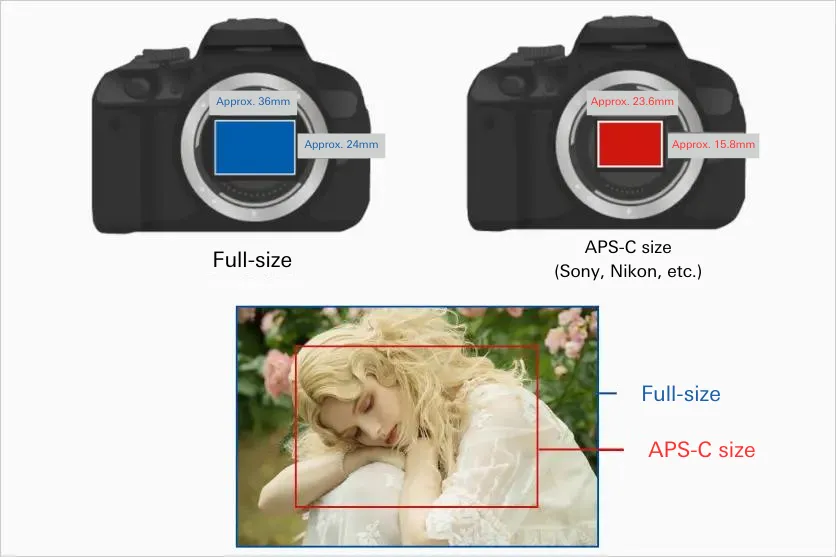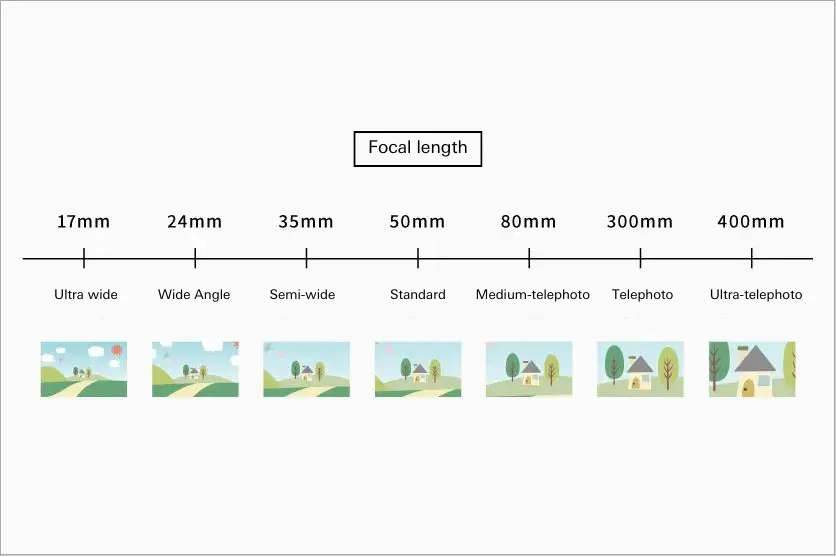September 30, 2024
How to choose a best lens for Sony E-mount. Recommended TAMRON lenses are also showed
How to choose a best lens for Sony E-mount. Recommended TAMRON lenses are also showed
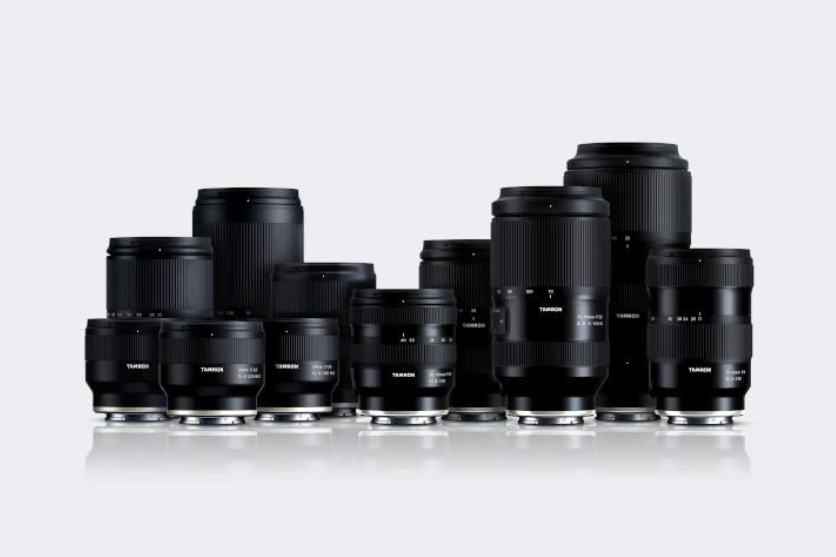

You may have purchased a Sony mirrorless SLR camera for travel or to capture your family/children's daily life, and now you may be considering purchasing your first or second lens.
However, there is an extensive lineup of lenses for Sony E-mount and many of you might be confused what kind of lens to purchase.
In this article we will introduce how to select a best lens for Sony E-mount by each type: wide-angle, standard and telephoto, and also TAMRON’s recommended lenses.
Sony E-mount is the mount standard used for Sony's mirrorless SLR cameras. A camera has a mount, which is the part that joints the camera body and the lens, and the standard differs depending on the camera manufacturer and model. It is possible to convert a lens to another standard with an adapter, but basically, the lens cannot be mounted on the camera unless the standards match, so it is necessary to select a lens that conforms to the camera's mount standards.
While Sony’s mirrorless SLR lens cameras adapt the E-mount, its digital SLR lens cameras use the A-mount. These are not interchangeable because of the different standards for the connection to the camera.
For this reason, when choosing a lens for a Sony mirrorless SLR camera, you should basically choose an E-mount lens. Note that if you use a dedicated mount adapter, it is possible to attach an A-mount lens to an E-mount camera body.
Lenses for Sony E-mount cameras come in various focal lengths, including wide-angle, standard and telephoto. In addition, as the lineup includes prime lenses and zoom lenses, there is a wide variety, which can often make choosing a lens confusing.
Therefore, when selecting a lens for the Sony E-mount, sort out the "points you want to emphasize" and prioritize them. The criteria according to each point of emphasis are as follows.
| Emphasize Points | Specs on lens to note |
|---|---|
| (1) Want to find a lens that matches the camera | Mount, sensor size (full-frame / APS-C) |
| (2) Want to emphasize ease of use for each scene | Prime lens / zoom lens |
| (3) Want to choose lenses based on the shooting subject | Wide-angle / standard / telephoto |
| (4) Want to emphasize ease of carrying and handling | Weight, size |
| (5) Want to take photos with a greater amount of bokeh, or at fast shutter speeds | F-number |
| (6) Want functionality that makes it easy even for a beginner to take photos | AF (Auto Focus) performance, VC (Vibration Compensation) mechanism |
| (7) Want ability of high expressiveness | Bokeh performance, resolution |
With a digital SLR camera, light gathered through the lens is converted into electrical signals through image pickup elements (sensor) to generate an image. The size of this sensor is referred to as “sensor size.”
Sony E-mount mirrorless SLR camera bodies come in two different sensor sizes: full-frame and APS-C, and the lenses for them are also classified as either “full-frame camera compatible” or “APS-C camera compatible.” Therefore, it is generally best to choose a lens that is compatible with the sensor size of your camera body.
As the mount systems is same Sony E-mount, full-frame compatible lenses can be attached to APS-C camera bodies, and APS-C compatible lenses can be attached to full-frame camera bodies. But, keep in mind, when an APS-C compatible lens is attached to a full-frame camera body, caution is required as “vignetting,” which causes the corners of the image to appear dark, will occur. However, in this case, depending on camera function, you can set the full-frame camera to accept the APS-C compatible lens to create an image without vignetting.
* As the precautions vary depending on camera body, you should confirm prior to purchase.
Each lens has its own focal length, which is indicated as "◯◯mm" in the product name. The smaller the value of focal length, the wider the area to be photographed, and the larger the value of focal length, the farther away subject can be zoomed in. In terms of focal length there are two types of lenses: “prime lens” which have a single focal length, and “zoom lens” that have a variable focal length.
As prime lenses typically have smaller F-number than zoom lenses, they are considered suitable for taking highly expressive photographs. However, since the focal length cannot be changed, photographers have to move themselves based on the distance to the subject to compensate the angle you wish to cover.
Zoom lenses on the other hand allow the focal length to be changed based on the subject, allowing a photographer to change the angle of view while staying at the same shooting position.
For these reasons, if you opt to be creative with your distance from the subject with different lenses, you should select a prime lens, and choose a zoom lens when you want to adapt to various shooting scenes with a single lens.
Lenses are broadly classified into three types according to their focal length.
- Wide-angle lens: focal length up to 35mm
- Standard lens: focal lens of around 50mm
- Telephoto lens: focal length of 80mm or longer
The shorter the focal length, the wider the angle of view, and the longer the focal length, the narrower the angle of view. Therefore, the ideal shooting scenarios change depending on the focal length. Here we introduce the characteristics of wide-angle, standard, and telephoto lenses and recommended shooting situations for each.
A wide-angle lens often refers to a lens with a focal length of 35mm or less. These lenses are characterized by the ability to shoot with a wide angle of view. As this allows you to capture a wide view of a scene in a single shot to express vastness or a sense of openness, it is well suited for a dynamic photography such as landscape photography and astrophotography. It is also used for portrait photography that takes advantage of wide backgrounds, as it emphasizes a sense of perspective by bringing the subject closer.
Furthermore, the wide-angle category also includes ultra wide-angle lenses, which are lenses with a focal length of 20mm or less. This type of lens is also suitable for architectural photography,as it can capture a wider area and can also express the three-dimensional effect of buildings.
With a wide-angle lens, sometimes distortion at the periphery of the image can be a concern, and to address this, many TAMRON lenses employ aspherical lens elements that suppress this distortion. Additionally, by utilizing the in-camera lens correction mechanism during the actual shooting process, even wide-angle images can be taken with a natural look.
Check list of wide-angle zoom lenses for Sony E-mount →
Lenses with a focal length of around 50mm are referred to as standard lens because they have a field of view similar to human vision. As you can capture scenes with a natural angle of view, as they appear, without being too wide or narrow, standard lenses are popular mainly for snap photography and portraits.
Depending on the distance to the subject, the lens can also produce expressions similar to those of wide-angle or telephoto lenses, making it easy to use for a variety of purposes, from landscape photography to product photography. Furthermore, as experience shooting with a standard lens also forms the basis for shooting with other focal lengths, a standard lens is a recommended lens for beginners.
Check lineup of standard zoom lenses for Sony E-mount →
A telephoto lens has a long focal length of 80mm or greater and is characterized by its ability to get close to distant subjects.For this reason, telephoto lenses are often used for sports photography, aviation and wildlife. Also, ultra-telephoto lenses, which are those with a focal length of 300mm and greater, are sometimes used to record celestial objects such as the moon.
As telephoto lenses also produce “compression effects” that weaken the sense of perspective, making it appear as if the background is right behind the subject. Telephoto lenses are also recommended for portrait and street photography, where you want to take advantage of the impression and blurry bokeh of the background.
However, telephoto lenses are often large in size and weight. Among them, TAMRON offers a lineup of lenses that are lightweight and easy to handle.
Check list of telephoto zoom lenses for Sony E-mount →
The weight and size of the lens is also an important factor in choosing a lens that is often carried for long periods of time on outings and trips.
Generally speaking, the higher the performance of a lens, the larger and heavier it will often get. That is why if you place an excessive emphasis on performance, carrying and handling may become a bottleneck, and opportunities for use may be reduced. If you want to carry the lens for long period of time or use it casually for snapshots, we recommend choosing a lens that is lightweight and small in size. TAMRON lenses for Sony E-mount are easy to carry out and its optical design that makes use of special lens elements strikes the perfect balance between a compact body and high image quality.
Lenses have an "F-number" (aperture value), which serves as a guide to brightness. The smaller the F-number, the brighter the image, and the narrower the range of in focus area (depth of field), making it easier to obtain a large bokeh effect. Conversely, a larger F-number will result in less bokeh, but will also make it easier to get the entire image in focus, thus enabling you to take pictures with a sense of higher resolution.
However, it is important to note that the minimum value of the F-number varies from lens to lens. For example, a lens labeled "F2.8" can open up the aperture up to F2.8, but cannot be set lower than that, such as F2. On the other hand, increasing the F-number to F8, etc. is possible with most lenses. Therefore, if you want to take bright images with good bokeh effect, we recommend that you choose a lens with the smallest value F-number as possible. In general, lenses with smaller F-number than F2.8 will produce relatively large bokeh.
Related article:What is F-number (aperture)? A comprehensive explanation including example settings and the relationship between aperture, shutter speed and ISO
If you want to take photos and videos more easily and without mistakes, choosing a lens with excellent AF (Auto Focus) performance and VC (Vibration Compensation) mechanism is an effective option. If the lens itself has excellent AF performance and VC mechanism, you can make more effective use of the camera's performance. For example, many of TAMRON lenses employ the linear motor focus mechanism VXD (Voice-coil eXtreme-torque Drive) the linear motor focus mechanism VXD (Voice-coil eXtreme-torque Drive) as the AF drive, which reliably tracks subjects that move in unpredictable ways such as children and pets, enabling photographers to focus on subjects without stress.
Additionally, as some lenses allow you to adjust the strength of VC effects based on the subject you are shooting, you can select the best VC mode to suit the shooting conditions and your own preferences.
When you want to pursue highly expressive images, you should choose a lens with an emphasis on whether it can produce smooth and natural bokeh, and whether it has resolution to capture images down to the fine details.
TAMRON’s Sony E-mount lenses include an extensive lineup of lenses with special glass elements and coatings to achieves high reproductive image quality down to details. And by choosing a lens with as small an F-number (as large an aperture opening) as possible, you will be able to take photos with high image quality with beautiful bokeh.
If this ability to realize an image is important for you, it is also important to check in advance what kinds of photos you will actually be able to take with the lens.
The “Reviews / Articles” page of TAMRON’s product site includes sample photos taken using each lens and reviews describing their use. As users also post many of the photos they take to social media, it’s a good idea to check whether the lens you are interested in will allow you to take the kind of photos you envisage before making a purchase.
TAMRON’s Sony E-mount lenses also include a lineup of all-in-one zoom lenses, and many are renowned for their excellent close-up shooting performance and fast apertures. That is why the ability to easily take stable pictures in any situation is a key appeal of our lenses. Additionally, since many TAMRON lenses are lightweight and compact, they are easy to carry out and use on a daily basis, another reason for their popularity.
Since we offer a wide lineup, you will be able to choose the best lens to suit the situations in which you want to shoot, and the kinds of images you want to capture. In this section we introduce some recommended TAMRON lenses for Sony E-mount for each lens type.
TAMRON lens line-up for Sony E-mount →
Since there are wide variety of Sony E-mount lenses, when choosing a lens, it is important to understand what performance in the lens is important to you, and what lens best matches those needs you value. We hope you can find a Sony E-mount lens that is the best fit for you by referencing the criteria and lens information introduced in this article.
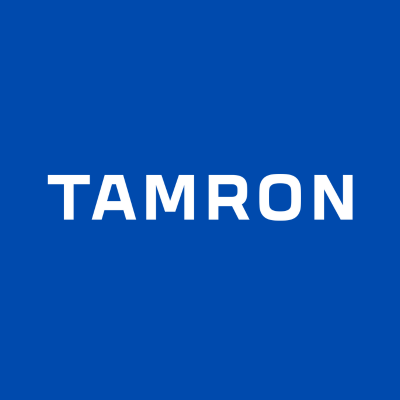
Lens Featured in this Impression
-
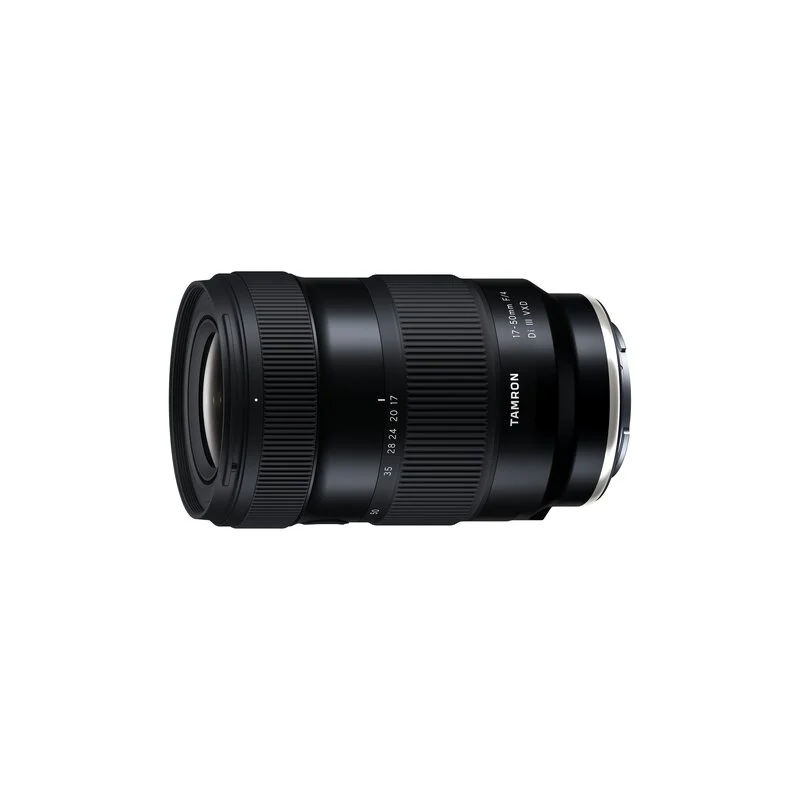
-
17-50mm F/4 Di III VXD a068(Model )
It's the world’s first lens covering from ultra wide-angle 17mm to the standard 50mm focal length. The highly-compact TAMRON 17-50mm F/4 Di III VXD (Model A068) for Sony E-mount full-frame mirrorless cameras offers maximum versatility for still and video creators. From landscapes to living rooms, this lens captures all that you see.
-

-
20-40mm F/2.8 Di III VXD a062(Model )
The 20-40mm F/2.8 Di III VXD (Model A062) is a new large-aperture standard zoom lens that thoroughly pursues portability. While covering the range from the ultra-wide angle of 20mm to the standard range of 40mm, it is the smallest and lightest in its class. It also offers high image quality throughout the entire zoom range, making it useful not only for still image shooting but also for video recording such as vlogging. The VXD, which is quiet and agile, achieves high-speed, high-precision autofocusing. It is a new, unprecedented large-aperture standard zoom lens that allows users to easily enjoy taking out and shooting both still and video.
-
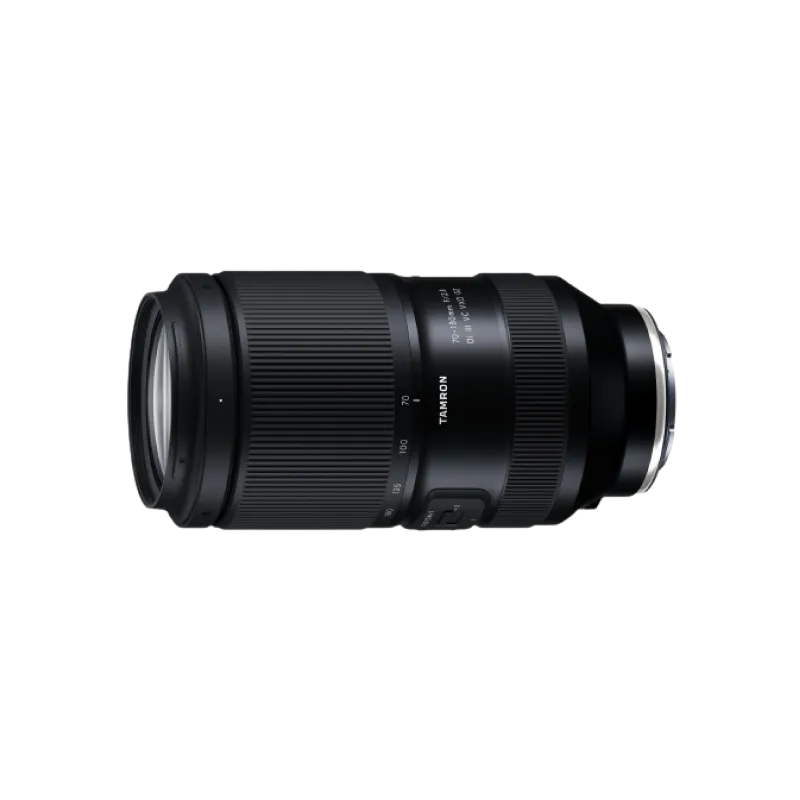
-
70-180mm F/2.8 Di III VC VXD G2 a065(Model )
70-180mm F/2.8 Di III VC VXD G2 (Model A065) has evolved to G2 level.This is the world’s smallest and lightest, fast-aperture telephoto zoom lens for Sony E-mount and Nikon Z mount with astounding portability and superb image quality.
-
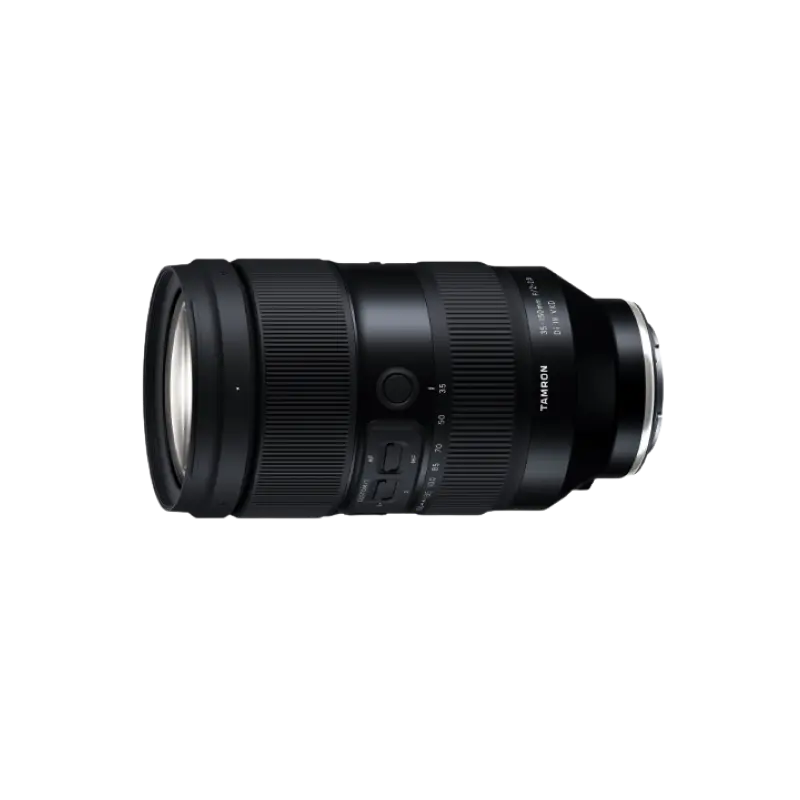
-
35-150mm F/2-2.8 Di III VXD a058(Model )
The 35-150mm F/2-2.8 Di III VXD (Model A058) is a high resolution travel zoom lens that covers everything from the 35mm wide angle to the 150mm telephoto focal length, the first zoom lens achieving an aperture of F2 at the wide angle end. It has a groundbreaking fast-aperture and utilizes the linear motor focus mechanism VXD (Voice-coil eXtreme-torque Drive), thereby achieving high speed, high precision autofocusing. The innovative lens design enabled us to greatly improve the lens's grip and functionality. The software, developed in-house, enables to easily customize functions and to update firmware.
-

-
20mm F/2.8 Di III OSD M1:2 f050(Model )
The 20mm F/2.8 Di III OSD M1:2 (Model F050) is a 20mm fixed focal lens featuring F/2.8 and high close-up shooting, allowing you to enjoy ultra wide-angle photography in earnest. With a MOD (Minimum Object Distance) of 0.11m, you can enjoy the world of ultra wide-angle photography that you have never experienced before.


